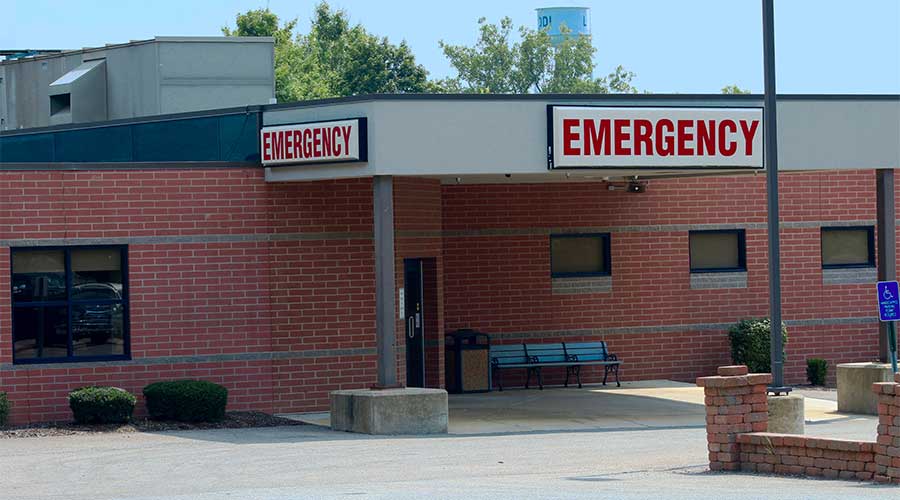The United States faces a rural hospital shortage, with 180 closures since 2005 and hundreds of institutions in financial peril. Although the hospital closure phenomenon is well-established, less is known about the spillover impact on the operations and financial wellbeing of surrounding hospitals. Researchers conducted a preliminary study to quantify the way rural hospital closures impact nearby institutions, finding a significant increase in inpatient admissions and emergency department visits for the so-called bystander hospitals.
The researchers identified 53 hospital closures and 93 bystander hospitals.
“With respect to geographic distribution, 66 percent of closures were in the Southern U.S., including 21percent in Appalachia,” according to their study. “Average emergency department visits increased by 3.59 percent two years prior to a hospital's closure. However, at two years post-closure the average rate of increase rose to 10.22 percent. Average bystander hospital admissions fell by 5.73 percent in the two years preceding the hospital closure but increased 1.17 percent in the two years after.”
These researchers say that their findings predict a daunting future for rural healthcare.
“While previous literature has described the acute effects hospital closures have on communities, this study suggests a significant spillover effect on hospitals within the geographic region and a cyclical process at play in the rural healthcare sector,” according to the study. “In the absence of significant public health assistance in regions affected by closures, poor health outcomes, including ‘diseases of despair,' are likely to continue proliferating, disproportionately affecting the most vulnerable. In the COVID-19 era, it will be especially necessary to focus on hospital closures given the increased risk of maintaining solvency due to delayed and deferred care atop already tight margins.”

 Making the Energy Efficiency Case to the C-Suite
Making the Energy Efficiency Case to the C-Suite How to Avoid HAIs This Flu Season
How to Avoid HAIs This Flu Season Design Phase Set to Begin for Hospital Annex at SUNY Upstate Medical
Design Phase Set to Begin for Hospital Annex at SUNY Upstate Medical Building Hospital Resilience in an Era of Extreme Weather
Building Hospital Resilience in an Era of Extreme Weather Ennoble Care Falls Victim to Data Breach
Ennoble Care Falls Victim to Data Breach